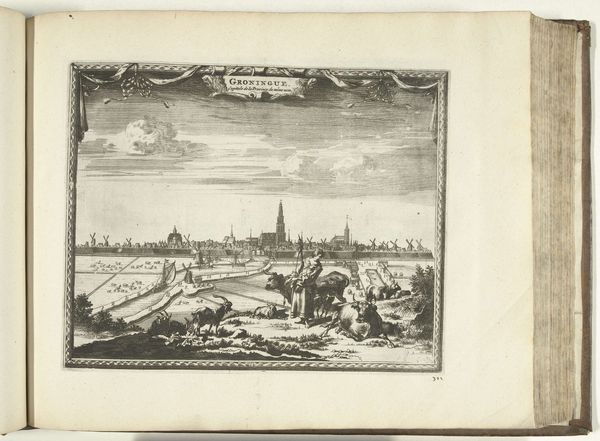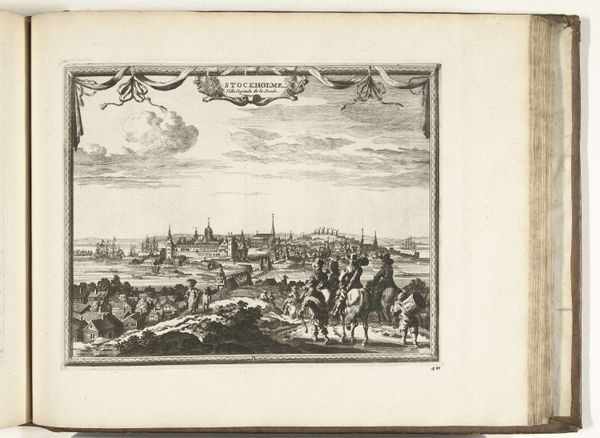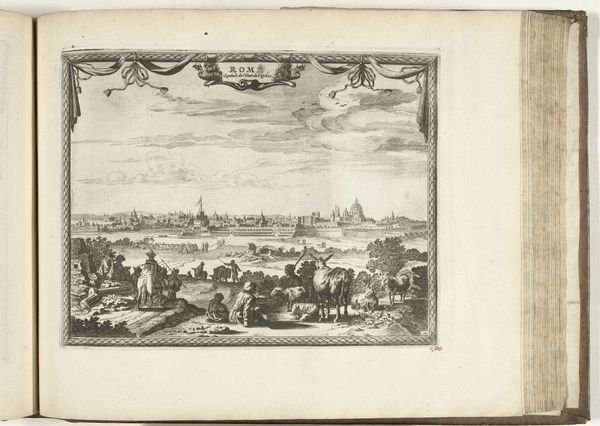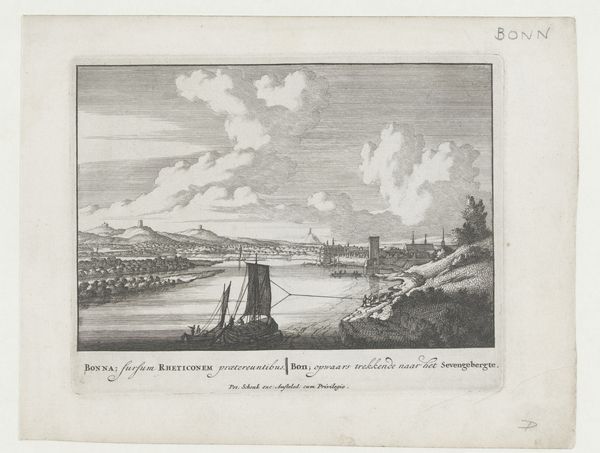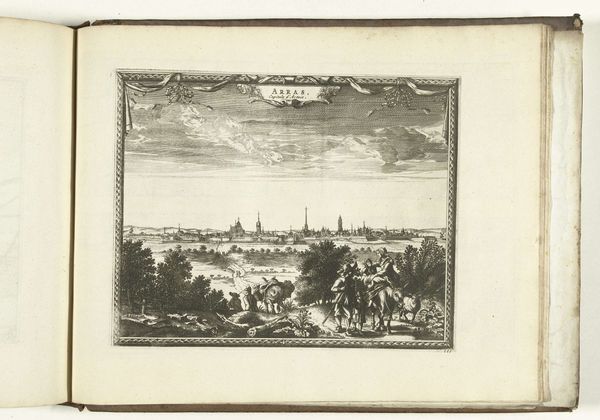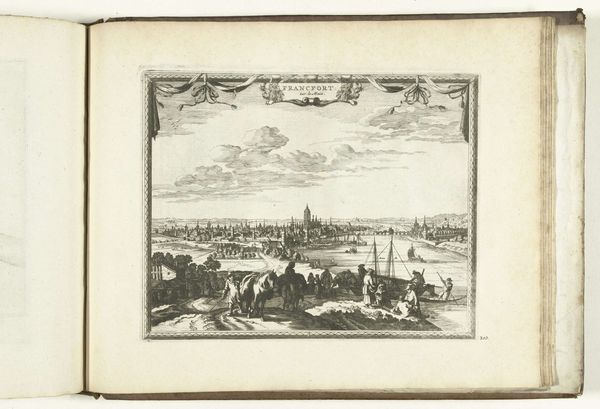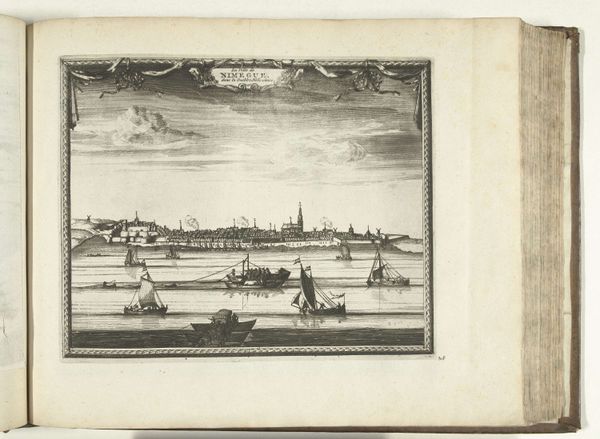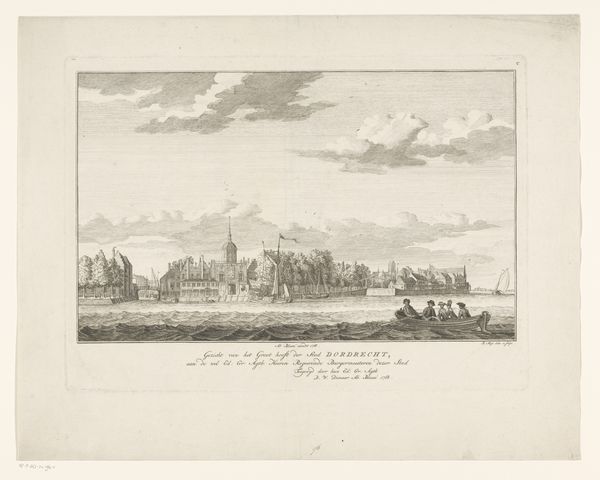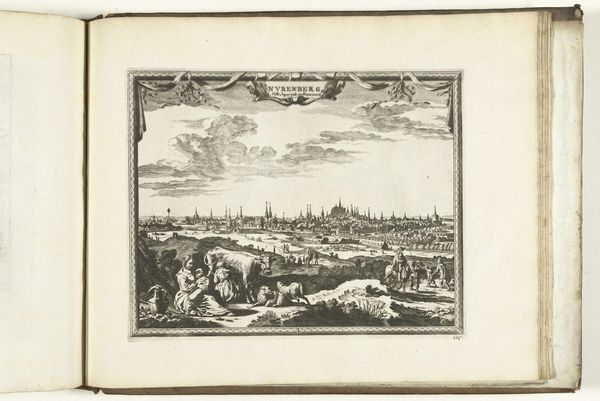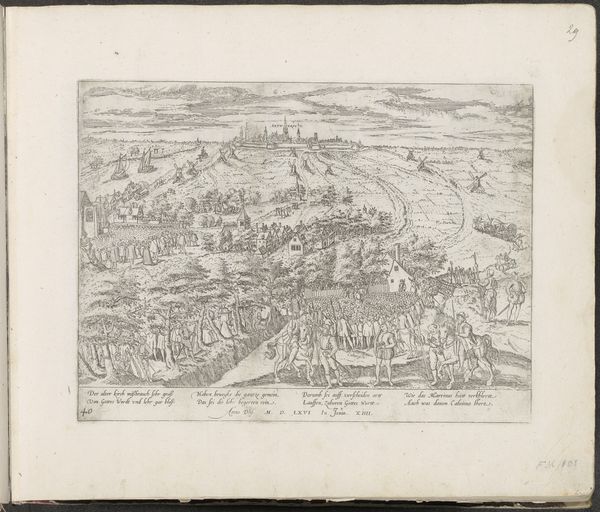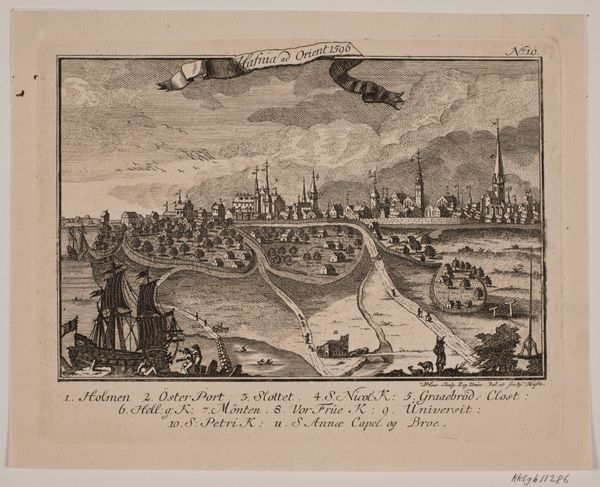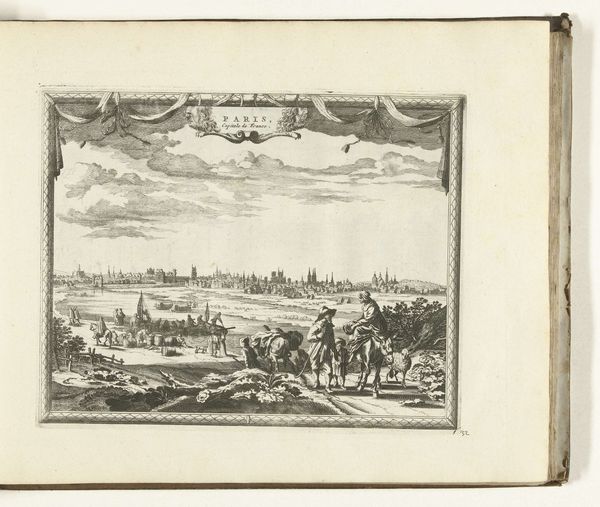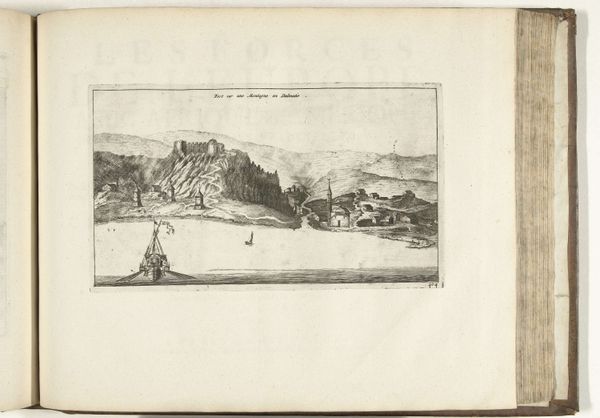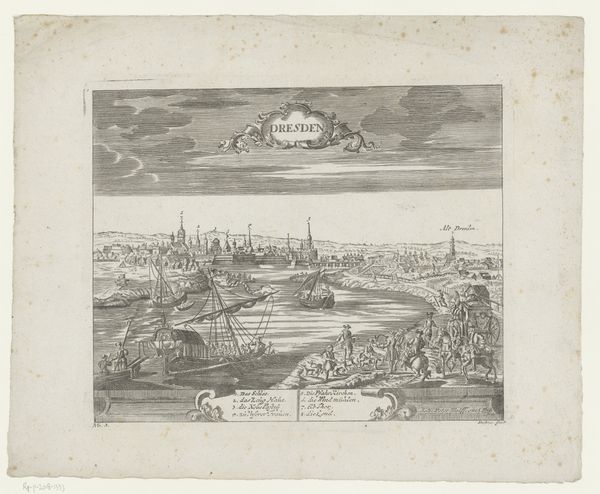
print, engraving
#
baroque
# print
#
landscape
#
form
#
geometric
#
line
#
cityscape
#
history-painting
#
engraving
#
miniature
Dimensions: height 221 mm, width 296 mm
Copyright: Rijks Museum: Open Domain
Editor: Here we have an engraving from around 1702, “View of Barcelona, Capital of Catalonia.” What strikes me most is how precisely rendered the cityscape is, almost like a map, but I wonder about the artist’s intentions here. What do you see in this piece? Curator: Well, looking at this print, I see more than just a representation of a city; I see a document embedded within a specific historical and political context. Prints like this were often commissioned to project power, influence, and territorial claims. Think about Barcelona at the turn of the 18th century – it was a city caught in the crosshairs of European power struggles. Editor: Power struggles? How so? Curator: This was during the War of the Spanish Succession. Barcelona, and Catalonia more broadly, had complex relationships with the Spanish crown. Representing the city in such detail wasn’t merely cartographic; it was a way of asserting control, visually codifying possession, or perhaps even fueling a sense of Catalan identity in opposition to central authority. Who controlled the narrative, controlled the image. Consider who might have commissioned or circulated such a print, and what interests they might have been serving. Does that change how you see it? Editor: It definitely does. I was so focused on the "landscape" aspect, the ships, the lighthouse, and now I am rethinking my perspective in terms of power, political message, and identity formation during a conflict. Curator: Precisely. It’s a reminder that art, even seemingly straightforward cityscapes, are rarely neutral. They actively participate in broader dialogues about identity, power, and historical narratives. Editor: So true, thank you for helping me contextualize the print, looking at who created this, when, and why adds layers of complexity!
Comments
No comments
Be the first to comment and join the conversation on the ultimate creative platform.
